Fertilizers are compounds given to plants to promote growth. They are usually applied through the soil, plant roots, or foliar feeding for uptake through the leaves. It is very useful to know how to make your fertilizer. You can decide which nutrients to feed your plants based on their individual needs while avoiding harmful chemicals found in store-bought fertilizers.
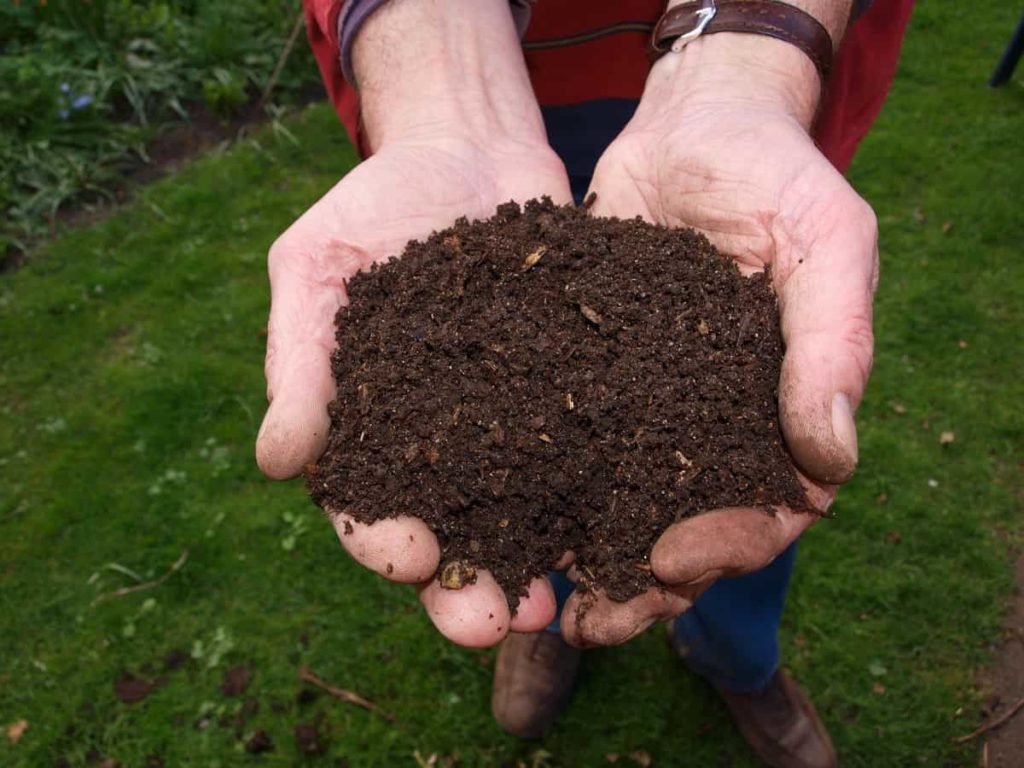
Before you try a fertilizer throughout your garden, test it on a few plants first. Every soil, plant, and garden has different needs and deficiencies and, as a result, will respond better to different fertilizers. By testing your houseplant foods first, you’ll be able to figure out what works best for your situation. There are several ways to make your homemade fertilizers for a vegetable garden.
Homemade fertilizer for vegetable garden
What is the best homemade fertilizer?
- Eggshells – Just as humans enjoy eating eggs for breakfast as they are a good source of calcium and potassium for our bodies, our plants also use them. In particular, plants like Tomatoes, Peppers, and Eggplants will benefit from eggshell fertilizer. Crushed eggshells around the base of tender vegetable plants can help keep slugs at bay. In addition, it helps prevent flower head rot in most plants. Crush the eggshells and place them around potted vegetable plants.
- Banana peels – Banana peels are a rich source of potassium, one of the three major plant nutrients. The other two are nitrogen and phosphorus. So, place some banana peels in a hole where you plant for easy natural fertilizer.
- Grass clippings – Grass clippings are rich in nitrogen. Weed is found almost everywhere but rarely do we think it can be useful for us. Initially, fill a bucket with water and then add the grass clippings. Let it leave for a day, and then it’s ready to use. Once you’ve cut excess grass from your lawn, you can use those grass clippings as a household fertilizer for indoor and outdoor plants. Surprisingly, grass clippings contain the essential macronutrients—nitrogen, phosphorus, and potassium. Spread the chopped grass clippings evenly over the bottom layer of the soil and cover them with the rest of the soil. Since grass clippings are 80% water, they will decompose easily after a while.
- Weeds – Weed tea makes an excellent fertilizer. Weeds are a problem but can also be turned into useful home fertilizers. Herbs like nettle, chickweed, horsetail, yellow dock, etc., are high in nitrogen levels and beneficial for your vegetable plants. Just dry the entire plant and put it in a compost tumbler with water. After 3 to 5 weeks, it will be ready for use.
- Manure – Manure comes from various sources – cows, horses, chickens, and even bats.
- Tree leaves – Instead of gathering fall leaves and planting them on your curb, collect them for your garden. Leaves are rich in trace minerals, attract earthworms, retain moisture, and help lighten heavy soils. You can use the leaves in two ways: either by incorporating them into your soil (or mixing the crushed leaves into your potting soil) or using them as a mulch to fertilize your plants and keep weeds down.
- Use as coffee grounds – Fertilizer made from coffee grounds is another simple yet effective fertilizer. It works wonders for acid-loving plants like Tomatoes, sweet potatoes, etc. To make it, steep about six cups of ground coffee in 5 gallons water. Coffee can maintain the required nitrogen and acid levels in such plants and is a fertilizer available in the kitchen. Two main ways to use coffee grounds are to sprinkle them evenly over the top layer of soil or dilute them in fresh water and drizzle them over your plants.
What is the best fertilizer for my vegetable garden?
Wood ash, kelp meal, kitchen scraps, cotton meal, bone meal, coffee grounds or tea leaves, alfalfa pellets, blood meal, and pet or human hair are the best fertilizers for vegetable garden.
How do you make homemade compost for a vegetable garden?
- Mix 1 tablespoon of white vinegar and water.
- Use the solution to water your plants.
- Repeat every three months.
- It works because the acetic acid in the vinegar increases the soil’s acidity – just for acid-loving plants.
In case you missed it: Fertilizer Management in Pomegranate Trees: Organic, Homemade, Liquid, NPK, Schedule, and Application
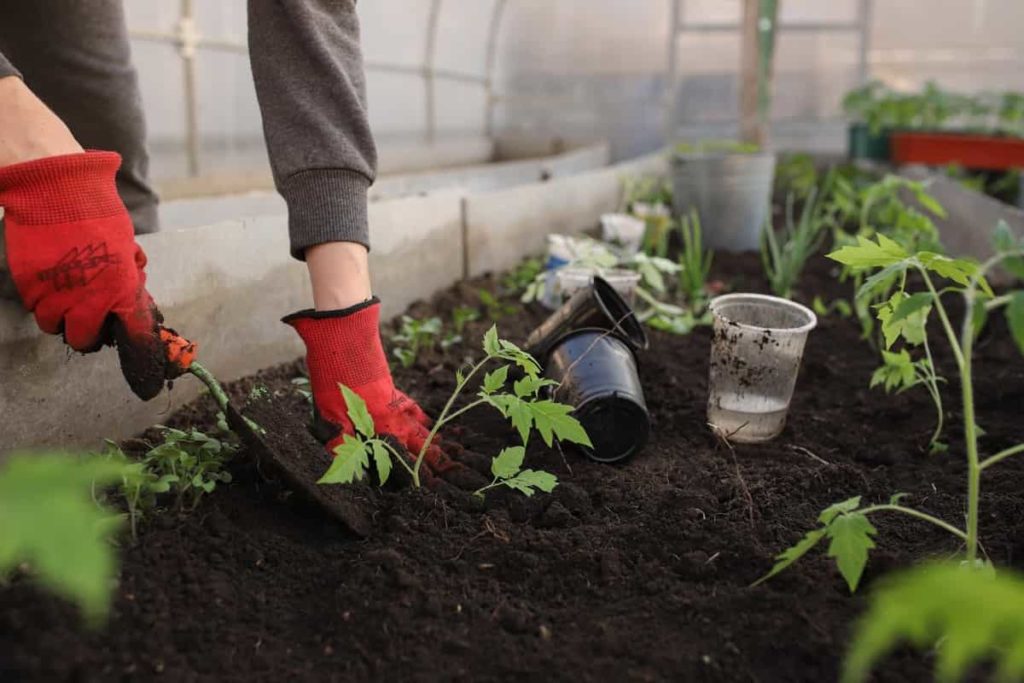
How do I fertilize my vegetable garden organically?
- Growing vegetable plants yearly puts a lot of demand on your soil because they take a lot of nutrients from your garden each season.
- Although adding compost is a best practice, it is usually not enough to replace the nutrients that have been lost. For this, you need a balanced organic fertilizer.
- If you fertilize your vegetable garden soil regularly, adding more fertilizer will not be necessary. Spread a ½-inch layer of compost over the soil after each harvest.
How do I add Epsom salt to my vegetable garden?
- For a typical garden start, mix one cup of Epsom salt per 100 square feet of soil before planting.
- To promote germination, mix one tablespoon of Epsom salts in one gallon of water and add to the soil after sowing.
- Dissolve Epsom salt about 1 tablespoon in 1 gallon of water. Stir the solution well. Use the solution to water your plants.
- Water carefully with this solution once a month during the growing season. It works well because Epsom salt is made of magnesium and sulfate, both important plant nutrients. Some magnesium-loving plants include Houseplants, Peppers, Tomatoes, and Potatoes. As with any fertilizer, a little goes a long way. Be sure to use the correct dosage for the size of the plant.
When to fertilize your vegetable garden?
- For edible crops, fertilizer is used in the spring and mixed into the garden soil before planting. However, if you’ve sown seeds or planted your plants, you can still gently work in a granular fertilizer (not liquid fertilizer, which can burn the young roots) around the plants. It doesn’t need to be worked deep into the soil—the top 3 to 5 inches will do. Then add water to the compost.
- It depends on the soil you have and what kind of vegetables you grow. But, in general, well-drained, porous soils need to be fertilized every 3-4 weeks, while loamy soils prefer every 4-6 weeks. So you may only need to fertilize 1-2 times throughout the growing season.
Do Tomatoes like Epsom salts?
- Epsom salt is generally a natural mineral compound made of magnesium and sulfate.
- Many gardeners recommend applying Epsom salt to tomato plants for its excellent benefits for tomato vigor, health, and flavor.
How much Epsom salt should I put in my vegetable garden?
- Most plants can be misted once a month with a solution of 2 tablespoons (30 mL) of Epsom salt per gallon of water.
- For more frequent watering, cut it to 1 tablespoon (15 mL) every other week.
What amount of fertilizer should I use?
- Cabbage, Cauliflower, and Broccoli can benefit from additional fertilizer three weeks after transplanting.
- Peas, Beans, and Cucumbers can benefit once they begin to bloom.
- Peppers, Eggplant, and Tomatoes benefit after the first set of fruit, and tomatoes can be used about two weeks after you pick your first Tomato and again a month later.
- Sweet Corn can benefit when plants are 8 to 10 inches tall and then show tassels a week later.
- Spinach, Kale, Mustard, and Turnip greens can be beneficial when plants are about one-third grown.
In case you missed it: Fertilizer Management in Guava Trees – Organic, Liquid, Natural, NPK, and Homemade
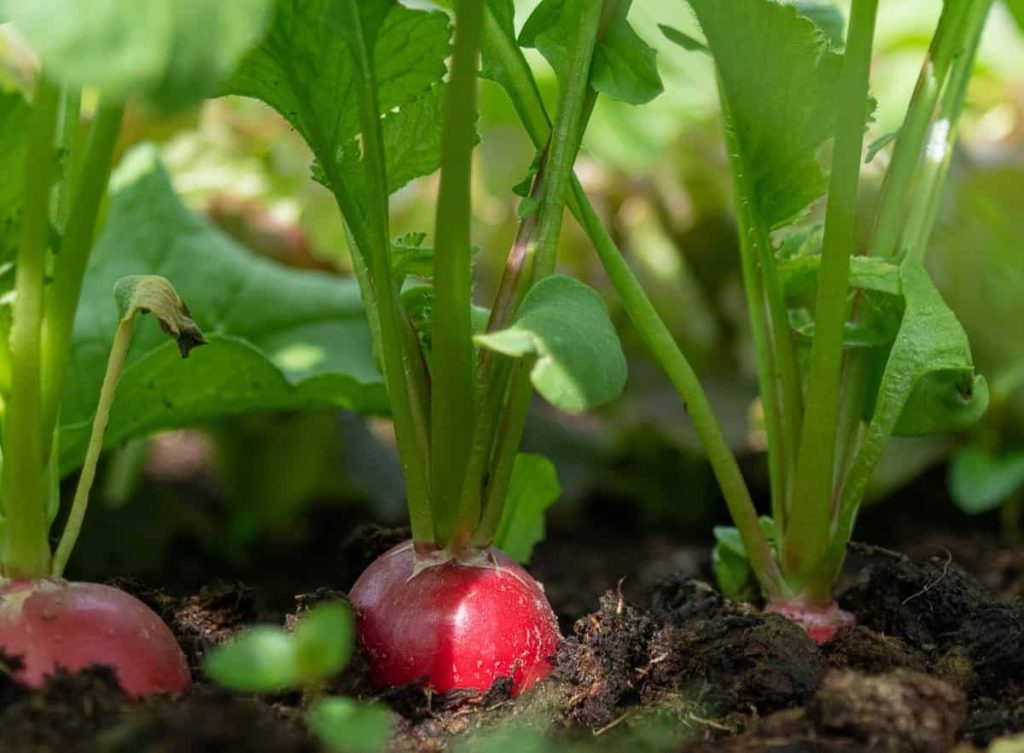
What do coffee grounds do for indoor plants?
- Overall, coffee grounds are good for vegetables and other plants, as they encourage the growth of microorganisms in the soil and improve tilth.
- Because coffee grounds are so powerful, it is an excellent repellent to fight these pests.
- Coffee grounds are most potent when they are burned. All you want to do is place the coffee grounds in a bowl outside on a flat surface and burn the grounds as you would incense.
- To use coffee compost, sprinkle the soil directly onto your soil and tamp it lightly. Coffee grounds generally add organic matter to the soil, helping water retention, aeration, and drainage. Leftover ground coffee can also make liquid plant fertilizer.
- Spread your used coffee on the sheet, and let them dry completely. Sprinkle soil around the base of your acid-loving plants. It works because coffee grounds are rich in nitrogen, magnesium, and potassium – all-important plant nutrients. They are naturally acidic, so they can help you increase soil acidity.
- The most popular use of coffee grounds for indoor gardening is compost. In addition to their nitrogen content, coffee grounds contain phosphorus, potassium, and other micronutrients. It makes them an excellent choice for slow-release fertilizers on some houseplant species.
Which vegetables benefit from coffee grounds?
- Your acid-loving plants like Carrots and Radishes can get a boost from fresh soil. However, Tomatoes do not like fresh coffee grounds; keep them away from this garden area.
- Coffee grounds contain about 2% nitrogen and varying amounts of phosphorus and potassium, which are very important for the growth of Tomato plants. Therefore, mixing some coffee grounds into the soil under your tomato plants introduces nutrients that the plants need to thrive.
- Cucumber plants grow well in organic soil. The occurrence of coffee grounds in the soil will help cucumber plants to grow healthy and well.
- Coffee grounds work perfectly for Onions. You can sprinkle soil over the beds and water them or allow rainwater to soak into them.
- Coffee grounds are also suitable for Zucchini and other vegetables because they are rich in nitrogen and slightly acidic. In addition, coffee grounds make excellent soil amendments for broccoli and many other vegetables.
- Broccoli, in particular, is a heavy feeder and can benefit from additional organic fertilizer.
- You can work with coffee grounds into the soil where you plan to plant Carrots, giving them an excellent place to grow. Add dry coffee grounds to a cup with your carrot seeds and stir. As they decompose, coffee grounds add nitrogen, potassium, and phosphorus to the soil, so any plant that needs a rich source of these vitamins will respond well to coffee grounds. Nitrogen-hungry vegetable plants include Tomatoes, Corn, Spinach, and any leafy greens.
Which fertilizer makes plants grow faster?
Fertilizers high in nitrogen lead to more incredible plant growth, which is why wide varieties are enriched with nitrogen or include it as a primary ingredient. A fertilizer high in nitrogen will also restore a bright green color to your plants.
Is banana peel water good for plants?
- Banana peel water can benefit plants by adding valuable minerals and nutrients to the soil.
- It helps to promote the growth of bacteria, which breaks down the organic compounds within the soil, making nutrients readily available for plants.
In case you missed it: Best Fertilizer for Olive Trees: Organic, Homemade, Compost, Natural, NPK, How and When to Apply
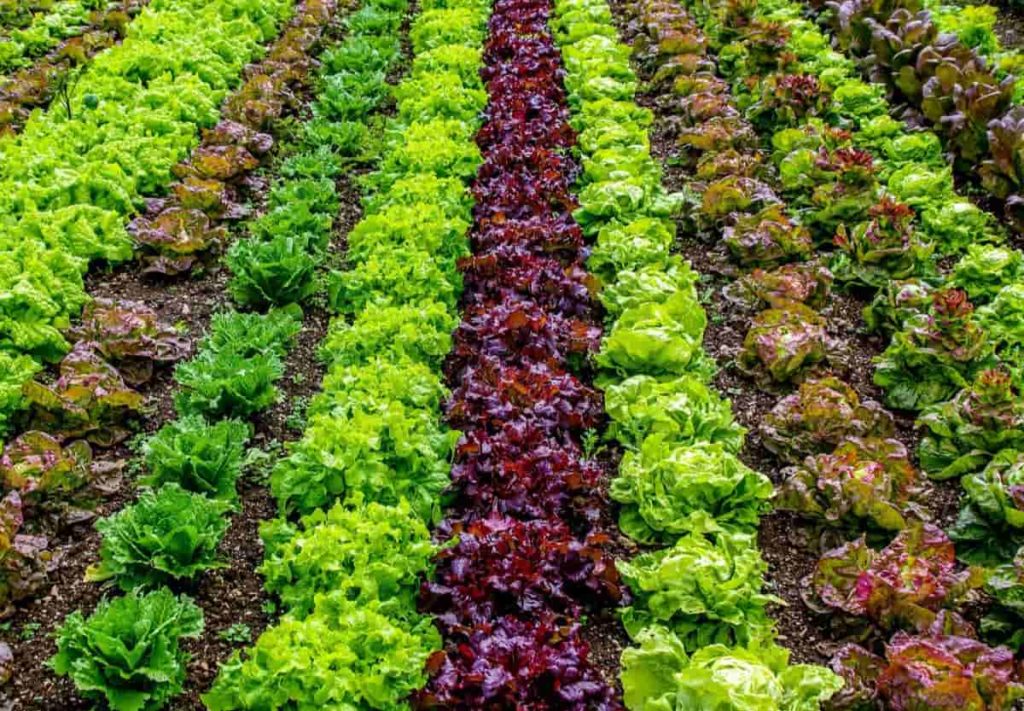
How do you make pomegranate fertilizer?
Pomegranate peels are rich in iron and other minerals, which can be an excellent organic fertilizer for your plants. Its peels contain phosphorus, potassium, calcium, magnesium, boron, iron, copper, and zinc, which provide important nutrients to plants, making it one of the best recipes for growing vegetables. You will need;
- Pomegranate Peels
- Grinder
- Water
Finely chop the peels so that they grind easily. Now put them in a grinder and add little water to make a paste-like slurry. Dilute this paste in 1:4 parts with water, and water your plants with this mixture. The paste will promote soil microbiology and organisms that ultimately help plant health. For example, it promotes earthworms and millipedes.
Is baking soda good for plants?
- Baking soda does no apparent harm to plants and can help prevent fungal spores from blooming.
- It is most effective on the vine or stem fruits and vegetables, but regular application during spring can reduce diseases such as powdery mildew and other plant diseases.
How do you make weed fertilizer?
Weeds always appear in places, and you must try to remove them. Well, you can use them to make liquid fertilizer. Here is a complete process. You will need;
- Weeds
- Yard trimmings
- Mowed grass
- Large bucket or barrel
- Water
Take yard trimmings or fresh weeds from the garden and toss them in the bucket. Remember, don’t use herbicides. Fill the bucket with water until only 5 inches from the top is left. Cover the bucket and leave it for two to four weeks. It’s that easy. Pour this solution around the plant base. This liquid weed fertilizer is amazing to gardeners.
Benefits – Depending on the type of weed, you’ll get various nutrients to enrich the soil. Fresh grass clippings have high nitrogen and potassium levels, which are fantastic for supplementing your plants.
Can I use fish emulsion on my Tomato plants?
- For Tomato plants, it is one of the best fertilizers.
- It promotes tomato plants when you transplant them into the garden.
- Also, the nitrogen content promotes healthy Tomato leaves.
Is fish emulsion fertilizer good for vegetables?
Fish emulsion is suitable for many uses in the garden. Still, it is particularly useful as an early spring lawn fertilizer and for feeding leafy green vegetables due to its high nitrogen content. Be careful when using too much of it, though.
Fish emulsion is a natural fertilizer made using fish waste such as fish parts, guts, and water. This organic, all-purpose compost has been around for thousands of years and works great, but it takes weeks to make, and then the mixture must have time to decompose before it can be used. Process for making fish emulsion fertilizer;
- Firstly, fill a 55-gallon drum about one-third full with a ratio of 2 parts water to 1 part fish waste.
- After that, this mixture stands for 24 hours. After steeping, add more water carefully to the drum until it is filled.
- Cover loosely, and let the drum simmer for several weeks. Usually, allow about three weeks for fermentation.
- You are applying fish emulsion fertilizer to the soil around your plants at 3 gallons of liquid fertilizer for every 100 square feet of yard.
In case you missed it: How to Water Your Garden with Solar Power: For Home Gardening, Greenhouse, Polyhouse, and Outdoor
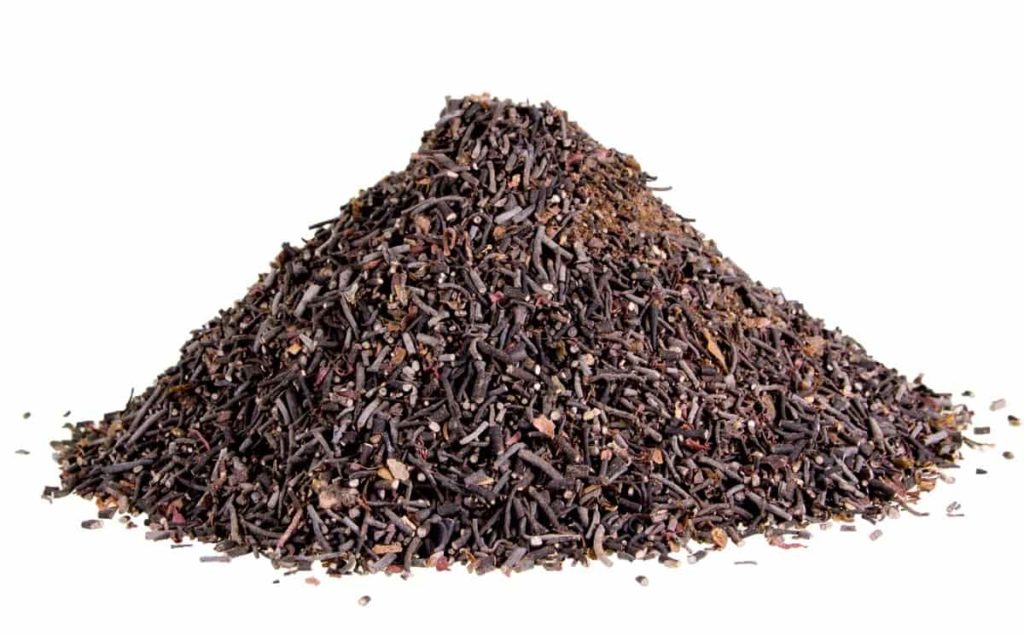
How do you make homemade compost fertilizer?
- Save your newspapers, grass clippings, fruit and vegetable scraps, and other compostable materials. Use them to start a pile or compost bin.
- Add a little water from time to time, and turn your pile to speed up the composting procedure. When everything has broken down into dark and rich soil, it’s time to spread it around your garden.
- Compost is full of microorganisms and nutrients that are good for your garden. It is an excellent organic addition to your soil that can be used anywhere in the garden.
Is vinegar a good plant fertilizer?
- It has been said that one benefit of vinegar in the garden is as a fertilizing agent.
- Acetic acid contains only carbon, hydrogen, and oxygen – things the plant can get from the air. Vinegar is recommended to raise the pH level of your soil.
- Next time, mix one cup of plain white vinegar with one gallon of water and water these plants to see amazing results. Finally, you can add some distilled vinegar to the soil to fight lime or hard water for other acid-loving plants.
- Vinegar breaks down in soil quickly, which is one of the reasons it is so ineffective at killing weed roots. When you spray the weed, the amount of vinegar that reaches the soil will break down in 2-3 days if you get rain or water.
How do you make organic liquid fertilizer at home?
- Place four tablespoons of processed poultry or mixed dry organic manure in a quart jar and fill with lukewarm water.
- Screw on the lid and shake, then store at room temperature for up to two days. Add liquid and dilute with water to desired strength.
Are eggshells good for a vegetable garden?
- Calcium from eggshells is welcome in garden soil, which moderates soil acidity while providing plant nutrients. Eggshells are so rich in calcium that they can be used almost like lime, although you’ll need many more eggshells to make a measurable effect.
- To prepare the eggshells, grind them with a mixer, grinder, or mortar and pestle and add them to the soil. Because the eggshells take several months to break down and be absorbed by the plant’s roots, it is recommended that they be plowed into the soil in the fall. You may find more shells in your soil in the spring.
- Plants absorb calcium from the eggshells and grow mostly trouble-free. For maximum effect, sprinkle eggshells in each hole before planting. Then sprinkle additional shells around the plant base every two weeks.
- Eggplants, Peppers, Tomatoes, and other vegetable plants are susceptible to blossom end rot, which can be caused by calcium deficiency. These vegetables can benefit from crushed eggshells placed directly in the soil over their roots.
What vegetable plants are eggshells good for?
Tomato, Eggplant, Broccoli, Pepper, Spinach, Swiss chard, and Lettuce are vegetables good for egg shells.
Can cooked rice be used as fertilizer?
- Rice is a food item, making it an excellent compost material. Thus, it can provide nutrients for you and your plants and soil. However, there is a caveat.
- Rice can harbor bacteria in a compost pile; in this case, it’s not necessarily the type of bacteria you want.
In case you missed it: How to Grow Basmati Rice from Seed – A Full Guide
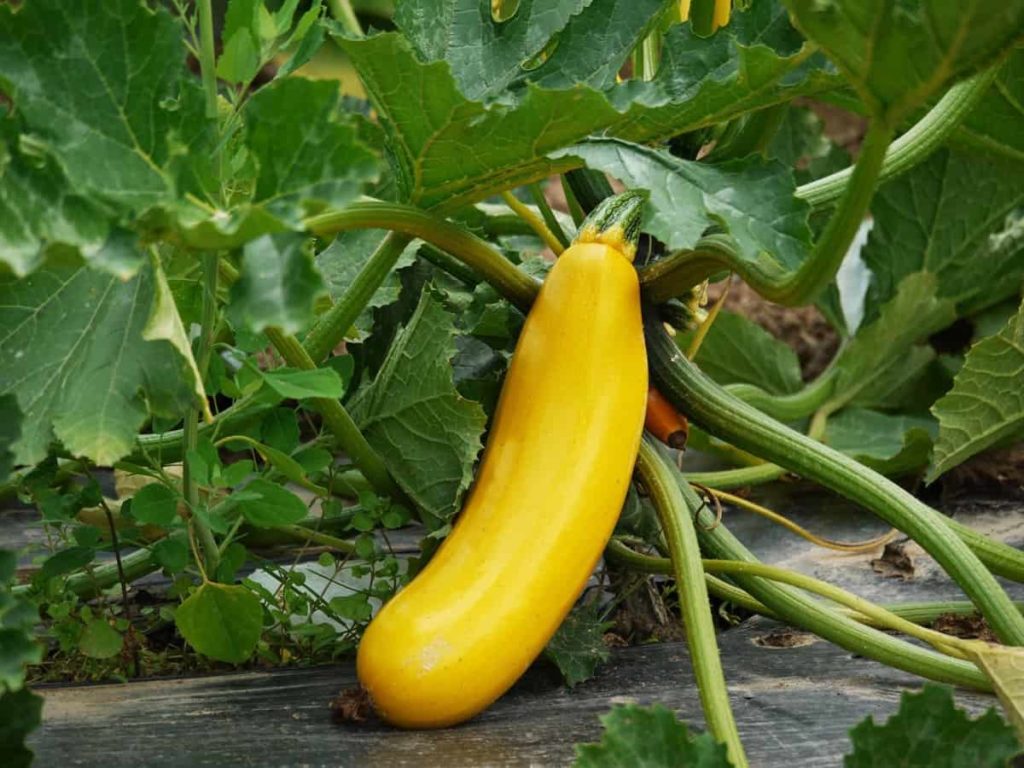
Conclusion
Plants use the soil nutrients to feed themselves and stay healthy. Over time, plant soil eventually needs plant food to replenish depleted nutrients. Store-bought plant fertilizers can vary in price and contain filler ingredients and chemicals that aren’t the best for plants. Homemade plant fertilizers are an easy way to feed your potted plants.
Many common household items have the properties needed to replenish nutrients in your plant soil so that you can make natural plant food in the comfort of your home. The above tips and tricks will help you make homemade fertilizer for your vegetable garden.
- Economical Aquaculture: A Guide to Low-Budget Fish Farming
- 15 Common Planting Errors That Can Doom Your Fruit Trees
- How to Make Houseplants Bushy: Effective Tips and Ideas
- Innovative Strategies for Boosting Coconut Pollination and Yield
- Pollination Strategies for Maximum Pumpkin Yield
- The Complete Guide to Chicken Fattening: Strategies for Maximum Growth
- Natural Solutions for Tulip Problems: 100% Effective Remedies for Leaf and Bulb-Related Issues
- Revolutionizing Citrus Preservation: Towards a Healthier, Greener Future
- Natural Solutions for Peony Leaf and Flower Problems: 100% Effective Remedies
- Maximizing Profits with Avocado Contract Farming in India: A Comprehensive Guide
- Natural Solutions for Hydrangea Problems: 100% Effective Remedies for Leaf and Flowers
- The Ultimate Guide to Choosing the Perfect Foliage Friend: Bringing Life Indoors
- From Sunlight to Sustainability: 15 Ways to Use Solar Technology in Agriculture
- The Ultimate Guide to Dong Tao Chicken: Exploring from History to Raising
- The Eco-Friendly Makeover: How to Convert Your Unused Swimming Pool into a Fish Pond
- Mastering the Art of Delaware Chicken Farming: Essentials for Healthy Backyard Flocks
- 20 Best Homemade Fertilizers for Money Plant: DIY Recipes and Application Methods
- How to Craft a Comprehensive Free-Range Chicken Farming Business Plan
- Brighten Your Flock: Raising Easter Egger Chickens for Beauty and Bounty
- How to Optimize Your Poultry Egg Farm Business Plan with These Strategies
- Subsidy for Spirulina Cultivation: How Indian Government Schemes Encouraging Spirulina Farmers
- Ultimate Guide to Raising Dominique Chickens: Breeding, Feeding, Egg-Production, and Care
- Mastering the Art of Raising Jersey Giant Chickens: Care, Feeding, and More
- Ultimate Guide to Raising Legbar Chickens: Breeding, Farming Practices, Diet, Egg-Production
- How to Raise Welsummer Chickens: A Comprehensive Guide for Beginners
- How to Protect Indoor Plants in Winter: A Comprehensive Guide
- Ultimate Guide to Grow Bag Gardening: Tips, Tricks, and Planting Ideas for Urban Gardeners
- Guide to Lotus Cultivation: How to Propagate, Plant, Grow, Care, Cost, and Profit
- Agriculture Drone Subsidy Scheme: Government Kisan Subsidy, License, and How to Apply Online
- Ultimate Guide to Raising Araucana Chickens: Breed Profile, Farming Economics, Diet, and Care
- Bringing Hydroponics to Classroom: Importance, Benefits of Learning for School Students
- Ultimate Guide to Raising Polish Chickens: Breed Profile, Farming Economics, Diet, and Care
- Ultimate Guide to Raising Australorp Chickens: Profile, Farming Economics, Egg Production, Diet, and Care
- Silkie Chicken Farming: Raising Practices, Varieties, Egg Production, Diet, and Care
- Sussex Chicken Farming: Raising Practices, Varieties, Egg Production, Diet and Care
- Homemade Feed Formulations for Livestock: Discover Cost-effective Starter to Finisher Feed Recipes